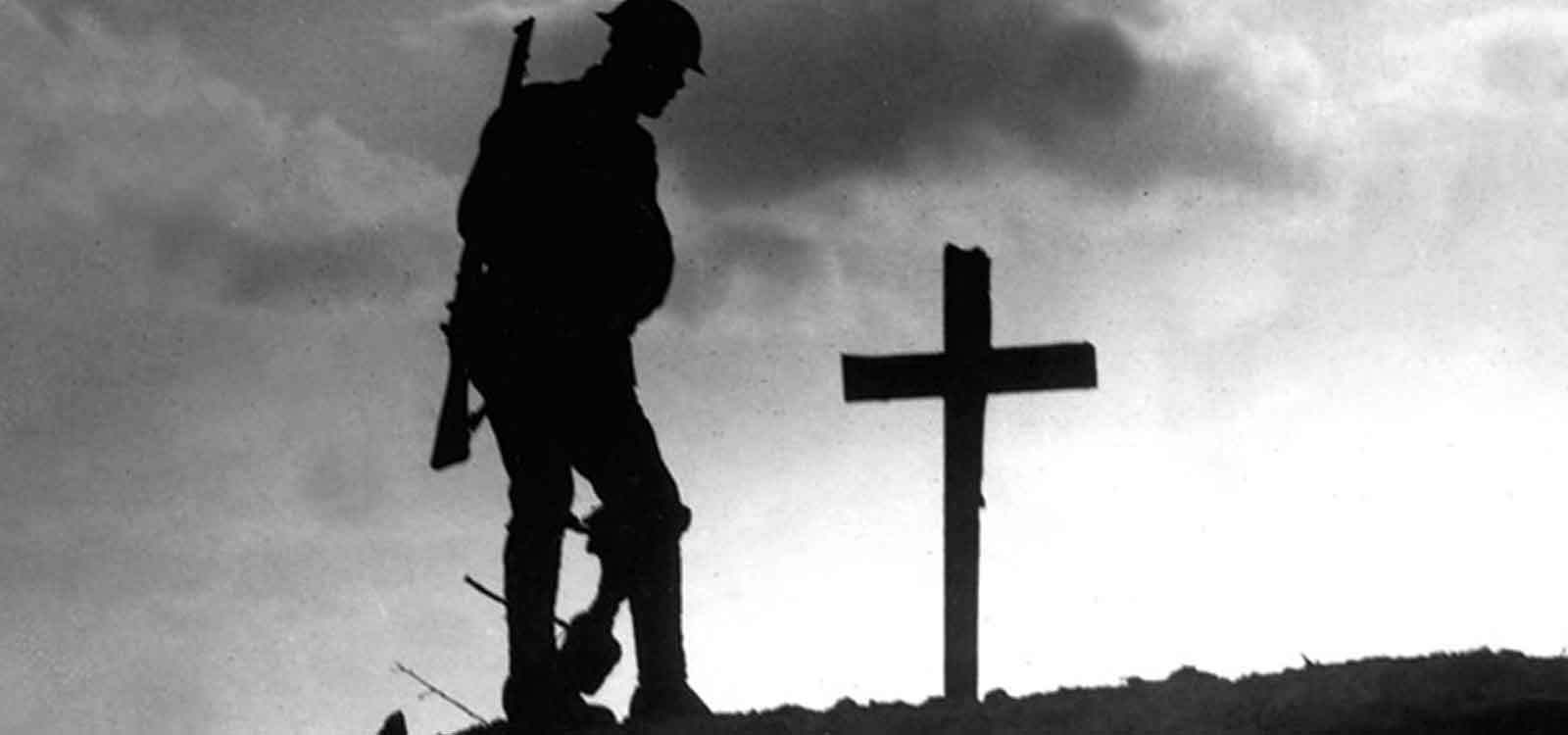
Robert Flint was born in Burton Latimer on September 19th 1882 and baptised in the Parish Church on February 25th, 1883. He was the 4th and youngest son of William Flint, a Cabinet Maker from Wisbech, Cambs. and his wife Emily Flint (nee Cockerton) who was born in Bishops Stortford, Herts. The couple had married in Wisbech on September 16th, 1876.
The 1881 Census records the family as living in Finedon Street, New Town. William, 39, is described as ‘out of work’, Emily, 40, eldest son Arthur James is 3 with George 6 months. They had 2 sons named George; one who was born in 1879 and died a few weeks later; and the one shown in the Census who was born in 1880 and who died later in 1881.
By 1891 they had moved to Bakehouse Lane. William, 49, was now employed as a Carpenter and Joiner, Emily was 50. Children were Arthur, 13, Robert, 8, and Florence Annie, 5.
In 1901 they were living in Alexandra Street. William was 59, Emily 60, Arthur, 23, was a Cloth Presser in the tailoring trade and Robert, 18, was a Shoe Finisher. Florence, 15, was employed as a Domestic Servant with a Charles Godfrey and his family in High Street, Kettering. Later that year William died. Arthur married Jane Currant on August 2nd, 1902 and on May 4th, 1905 they had a son Wilfred James. Arthur died in 1906 and in 1908 Jane and Wilfred emigrated to Australia where she remarried in 1909. On July 5th, 1909 Florence married Fred Leach, a Shoe Finisher from Kettering.
In 1911, Robert, 28, was living in Alexandra Street with his widowed mother Emily, 69. In 1912, Emily died. Robert married Edith Ellen Smith, a Tailoress, from Meeting Lane at the Parish Church on December 21st. Edith was the daughter of Boiler Maker, Samuel Dyer Smith and his wife Elizabeth (nee Nixon). A son Phillip Arthur Flint was born on March 1st, 1914.
It is not known when Robert enlisted in the 6th Battalion, Northamptonshire Regiment as Private 18392, but we know he was sent to France on September 15th, 1915.
The scandalous shortage of shells made it necessary for the ‘6th’ to mark time in the trenches at Suzanne and Fricourt during the winter of 1915. Their diversions were to practice bombing with turnips and attend the village church at Morlancourt which the padre, Rev. E.A. Bennet M.C., patched up himself so that it could be used for concerts, boxing and a popular service on Sunday nights. Shell fire, snipers’ bullets and mining activities took an almost daily toll of life or limb.
In December they were the victims of a new form of attack. They were under fierce fire for 2 hours, during which the enemy threw over 2,000 shells including many of the tear-gas variety. The enemy then raided one of the outpost lines and captured 20 men. Their first Christmas was spent in the trenches near Fricourt, but they returned to billets on January 2nd and found comforts awaiting them from the people of Northampton.
Although the new year opened quietly in 1916, it was destined to be a year of blood, agony and brilliant victories for the 6th Northamptons. The first three months were spent putting the sector in good order to hand over and they then moved to the Bray area. A determined raid was made by the Germans in the early hours of April 13th which was repulsed.
Then came preparations for the great Somme offensive in which the Northamptons were destined to help the 18th Division to be the first one to achieve their objectives. The capture of Trones Wood by the 6th Northamptons with the 12th Middlesex on July 14th ranks as one of the finest achievements of the war.
Soon after daybreak came the attack. They had to cross a thousand yards of open ground through a heavy barrage of high explosive. Not a man wavered, despite heavy casualties. The wood was a positive wilderness of fallen trees, thick undergrowth, a maze of trenches and barbed wire infested on almost every side by snipers and machine guns. The struggle swayed to and fro for hours, but by 10 o’clock the wood was taken with the Germans fleeing in disorder. The battalion had to hold the position they had won for the next 2 days and were not relieved until 5 o’clock on the morning of July 16th.
Heavy casualties had been sustained and nowhere felt it more than Burton Latimer. The Kettering Leader on August 11th reported that Ted Adams, Eric Ball, Robert Flint and Harry Hume had been wounded on the 14th of July. The truth is that they were all killed.
Robert’s body was never found, and the Northampton Mercury 25th May 1917 reported him as ‘Missing now believed killed’. He is commemorated on the Thiepval Memorial and was awarded the 1914-15 Star in addition to the British War and Victory Medals.
He was 33 years old.
The Thiepval Memorial commemorates more than 72,000 men of British and South African forces who died in the Somme sector before 20 March 1918 and have no known grave, the majority of whom died during the Somme Offensive 1916.
At the dedication of the War Memorial in 1922 a wreath inscribed ‘our dear brother and husband’ was laid from ‘Edie and Philip, Mother, Dad and all’. His name was also included on a wreath from the ‘Mission Room Choir and congregation’.

